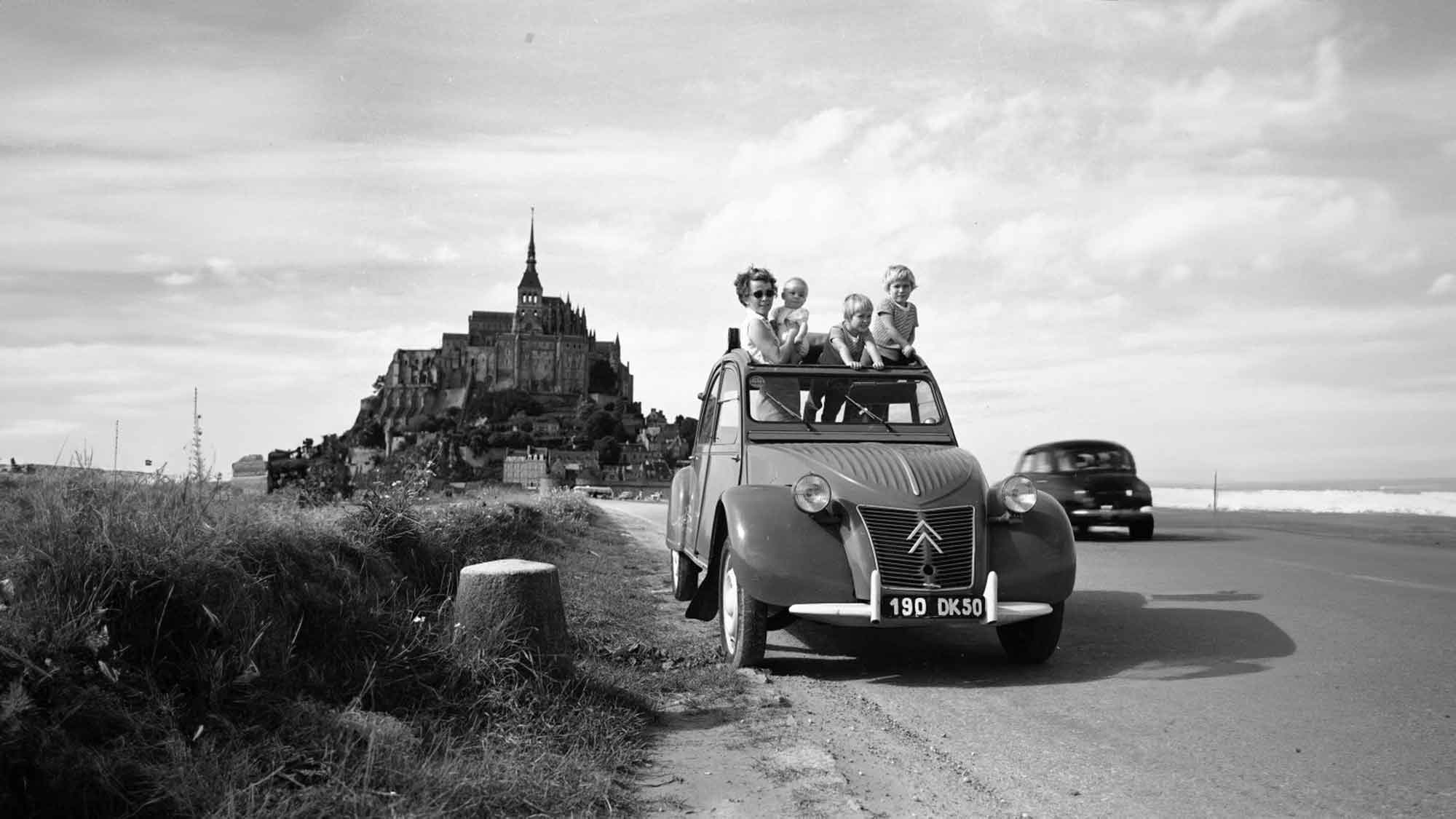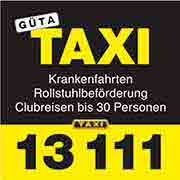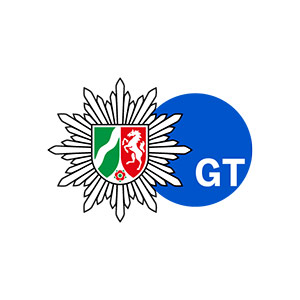Historic, iconic and popular, the 2 CV celebrates its 75th Birthday
-
#Citro��n celebrates the 75th birthday of its iconic and long lasting model: the 2 CV, which was produced in 5,114,969 units between 1949 and 1990. The 2 CV has its roots in the “TPV” (“Toute Petite Voiture” or “very small car”) project in 1936—it aimed at making cars versatile, economical and accessible.
-
It has become an icon, built on the brand’s mainstays: popular, comfortable, simple, hard wearing and affordable. Its unique body shape and versatility were the keys to a success which spanned several decades. To celebrate this anniversary, eight portraits of noteworthy 2 CVs were produced at the #Citro��n #Conservatoire. On 7 October, a gathering of seventy five 2 CVs open to the public will take place at the Conservatoire at Aulnay sous Bois.
Poissy, September 25th, 2023
Citroën celebrates the 75th birthday of its most iconic models: the 2 CV. Designed at Citroën’s design office on Rue du Théâtre in Paris and fine tuned at the La Ferté Vidame test centre in the Eure et Loir region, it was unveiled to the public at the Paris Motor Show on 7 October 1948. The 2 CV enjoyed an exceptional career: a total of 5,114,969 units were produced, including 1,246,335 2 CV vans. The very last 2 CV left the Mangualde factory in Portugal 42 years after its launch at 4 PM on 27 July 1990.
The Origins of the 2 CV: the “TPV” Project
The “TPV” (“Toute Petite Voiture or very small car) project was born in the mid thirties, in 1936. Its aim was to provide people on low incomes with an economical, versatile car. In 1937, the first roadworthy prototype of the TPV project saw the light of day, weighing just 370 kg and with only one headlight (legislation at the time did not require two). The vehicle could carry up to four people and 50 kg of luggage at a maximum speed of 50 kilometres per hour and was extremely comfortable. 250 pre production models were due to be unveiled at the 1939 Paris Motor Show. But the outbreak of war put paid to this. The models which had been built were therefore destroyed – all except four which were secretly kept at the Citroën Test Centre at La Ferté Vidame.
A legendary Car that has become an Icon of the motoring World
When it went into production in July 1949, the 2 CV was a small car with a 9 bhp, 375 cc, air cooled, flat twin engine capable of a top speed of 50 kilometres per hour. Citroën had revolutionised the car industry with an economical and versatile vehicle. Its unique body shape and appeal quickly won over a large part of the population. But its huge success can also be attributed to its infinite range of uses, as well as its removable benches, its lightness, agility and comfort. Not to mention the fact that it was ultra economical to run, making it the most popular car. By 1950, orders were flooding in, pushing delivery times up to 6 years. Its avant garde spirit, with its ingenious technologies for the time, ensured that it remained part of the motoring scene for many years. The 2 CV is a timeless model that has become a veritable social phenomenon, attracting collectors from all over the world. And it is still frequently seen on our roads.
The 2 CV is also known around the world in many different ways, and its reputation made it earned a number of nicknames. Some of the best known are “Deuche”, “Deudeuche” and “Ugly Duckling”, to name but a few. This wide variety of nicknames shows just how popular this historic and iconic model was.
Several Versions and Epics across the World’s Roads
In total, there were ten special editions of the 2 CV, launched in France and a number of other European countries. They included the Spot, the Charleston and the Cocorico. The 2 CV also underwent a number of changes, including the launch of the 2 CV van (known as the 2 CV AU) in 1951, and then the 2 CV AZ in 1954, equipped with a 12 break horse poweer engine and the famous centrifugal clutch. What’s more, the 2 CV got to drive on roads the world over thanks to various Raids—such as the 16,500 kilometres Paris Kaboul Paris Raid in 1970, the 13,500 kilometres Paris Persépolis Raid in 1971 and the 8,000 kilometres Africa Raid from Abidjan to Tunis in 1973, all three organised by Citroën.
Anniversary Celebration on October 7th at the Conservatoire
On October 7th, an unmissable automotive event is on the horizon: the celebration of the 75th anniversary of the legendary Citroën 2 CV at the Conservatoire Citroën. To mark this memorable anniversary, seventy five 2 CVs restored and passionately maintained by private collectors, registered and will be brought together at the Conservatoire Citroën in Aulnay sous Bois. From 10 a. m., visitors will have the chance to discover these jewels of automotive history and talk to their owners.
The event is open to the public and will be an unforgettable day out for Citroën fans, classic car enthusiasts and the curious. Visitors will also have the opportunity to visit the Conservatoire, which houses around 250 iconic models from the double chevron brand, providing a fascinating insight into Citroën’s rich history.
Eight iconic 2 CVs photographed for the Occasion
To mark this anniversary, eight iconic 2 CVs from the Citroën Conservatoire have been photographed from a particularly artistic angle …
-
The 2 CV 6 by Hermès, dressed by Hermès inside and out, was shown at the 2008 Paris Motor Show to mark the 60th birthday of the 2 CV.
-
The 2 CV 6 Spécial, one of the last 2 CVs produced at the Levallois plant in 1988
-
The 2 CV Spot, Citroën’s first special edition, 1,800 of which were built with two tone upholstery and bodywork based on a design by stylist Serge Gevin.
-
The 2 CV A, one of 250 prototypes built in 1939 for the Motor Show, which ended up being cancelled because of the Second World War. One of the four remaining vehicles at the Citroën Conservatoire.
-
The 2 CV A Berline (1950), identical to the one unveiled by Pierre Boulanger at the opening of the Paris Motor Show in 1948.
-
The right hand drive 2 CV A, built in Slough (UK) from 1953. It had a sheet metal trunk and opening rear windows. To this day, it is the oldest British 2 CV in Europe.
-
The 2 CV AZU, a 2 CV van produced from 1954 until March 1978, has a large load capacity and rear “cupboard” doors for easy loading.
-
The 2 CV 4 x 4 “Sahara”, with four wheel drive and two engines that enable it to negotiate gradients of over 40 per cent in the sand.
Gütsel Webcard, mehr …
Citroën Deutschland GmbH, DS Automobiles
Bahnhofsplatz
65423 Rüsselsheim
Telefon +4961422935555
E-Mail kontakt-ds@dsautomobiles.com
www.dsautomobiles.de

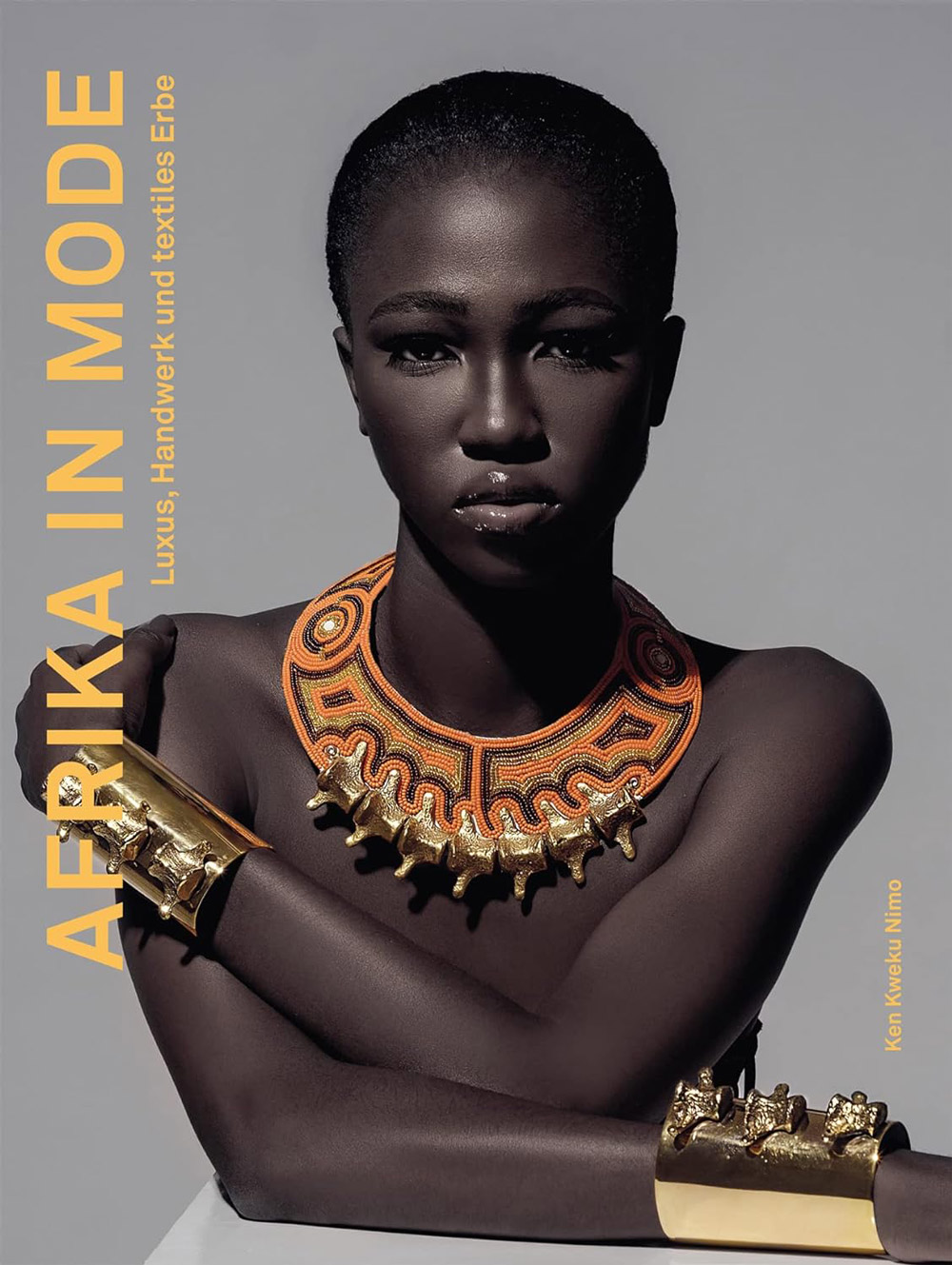













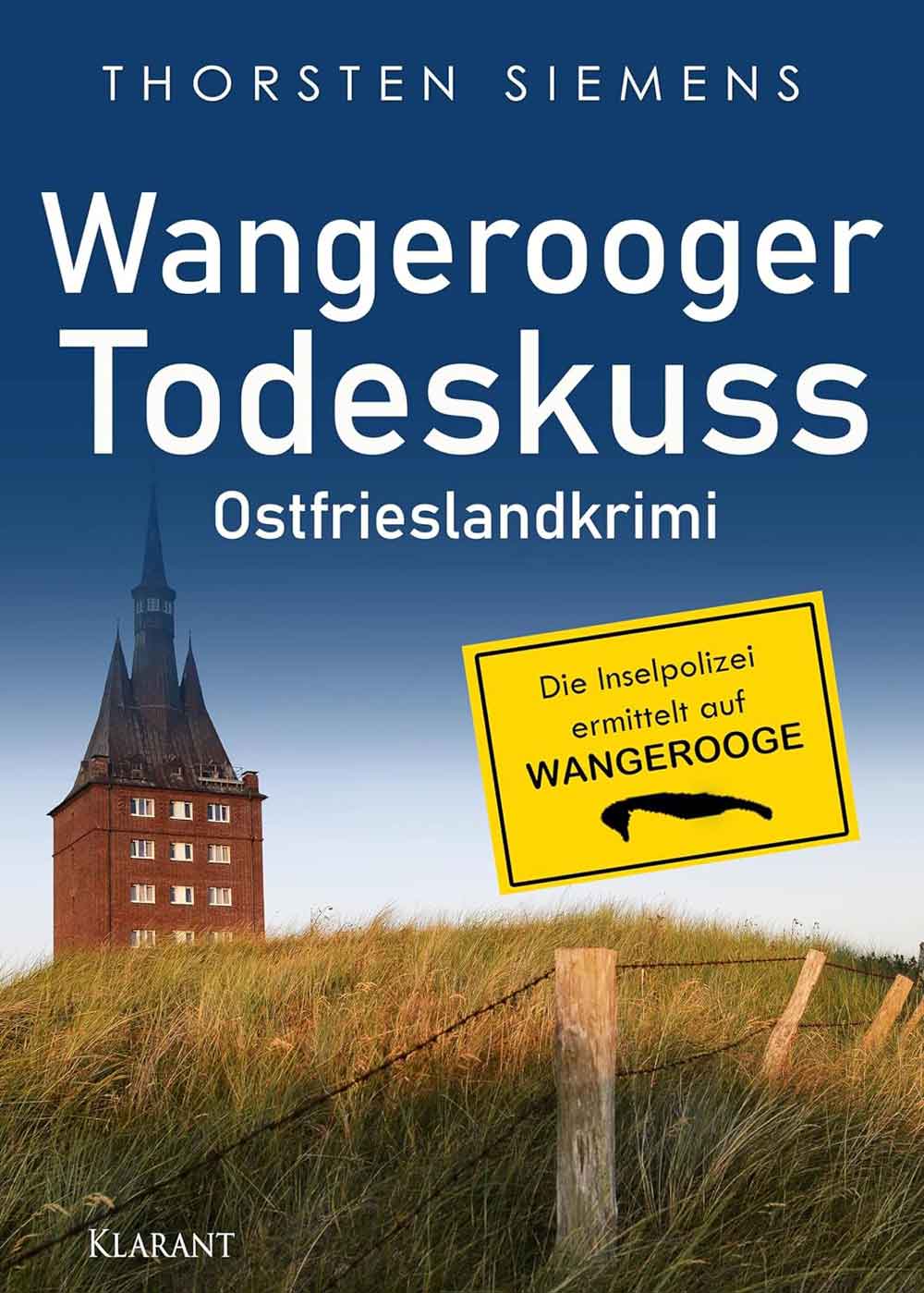
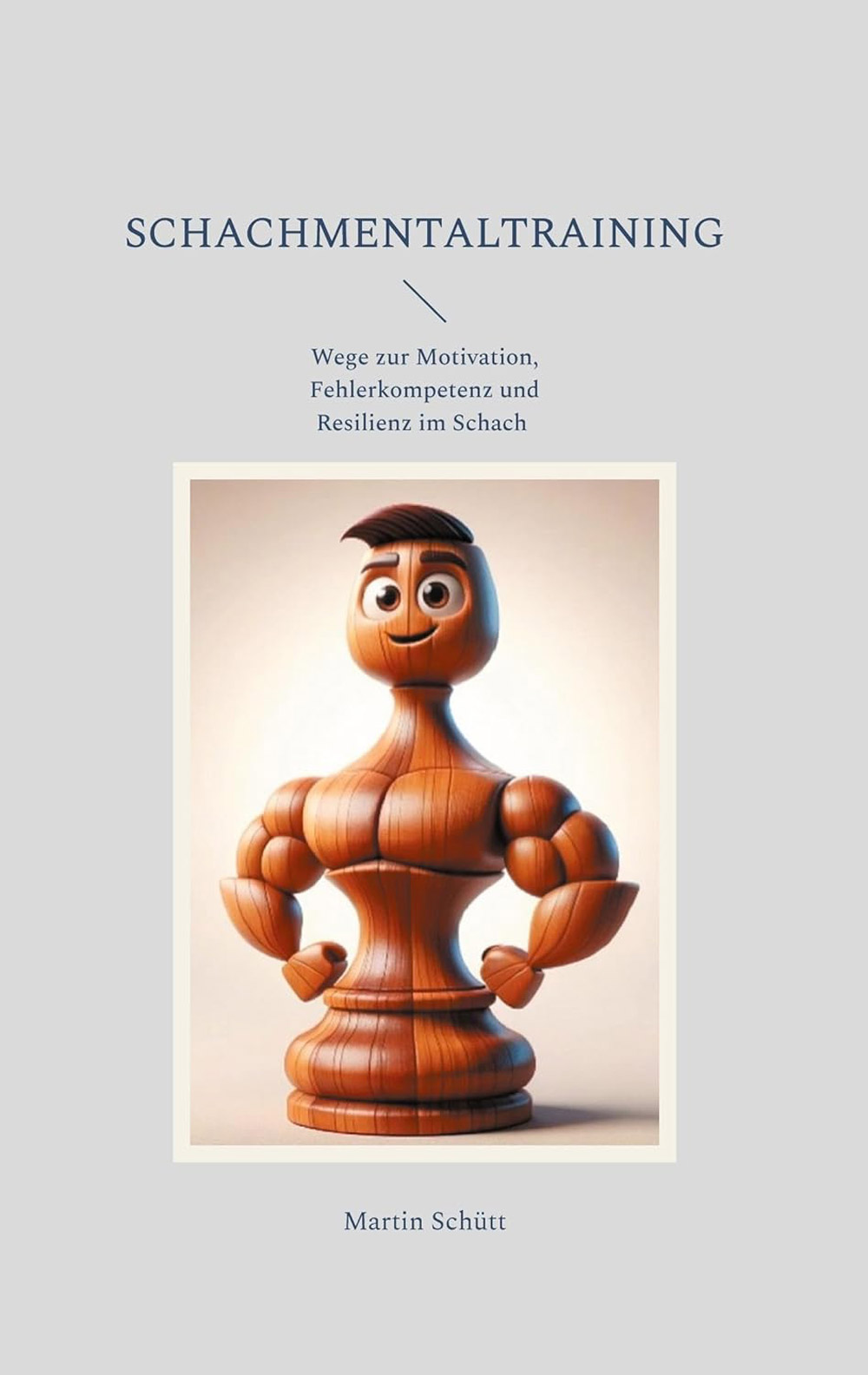

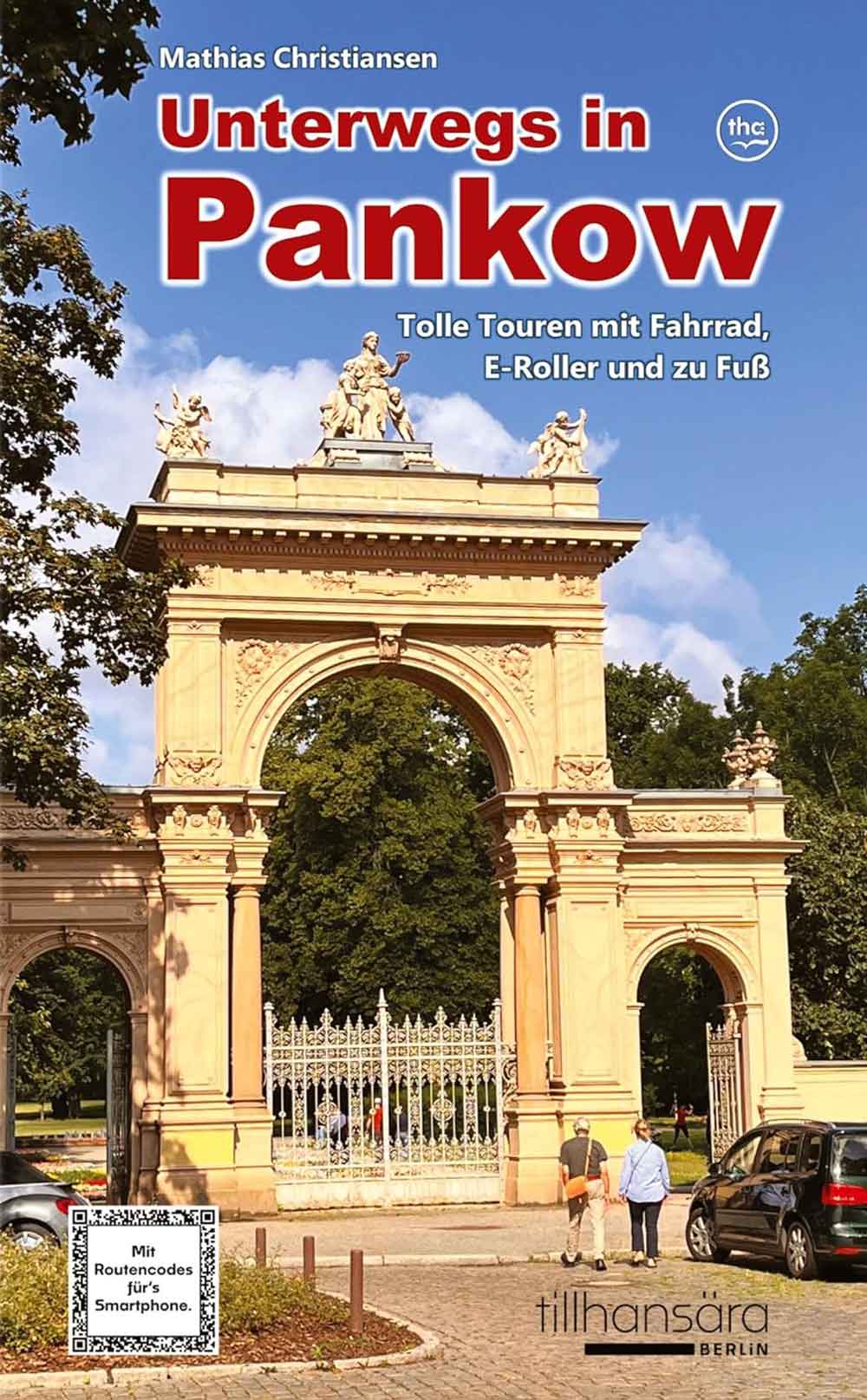
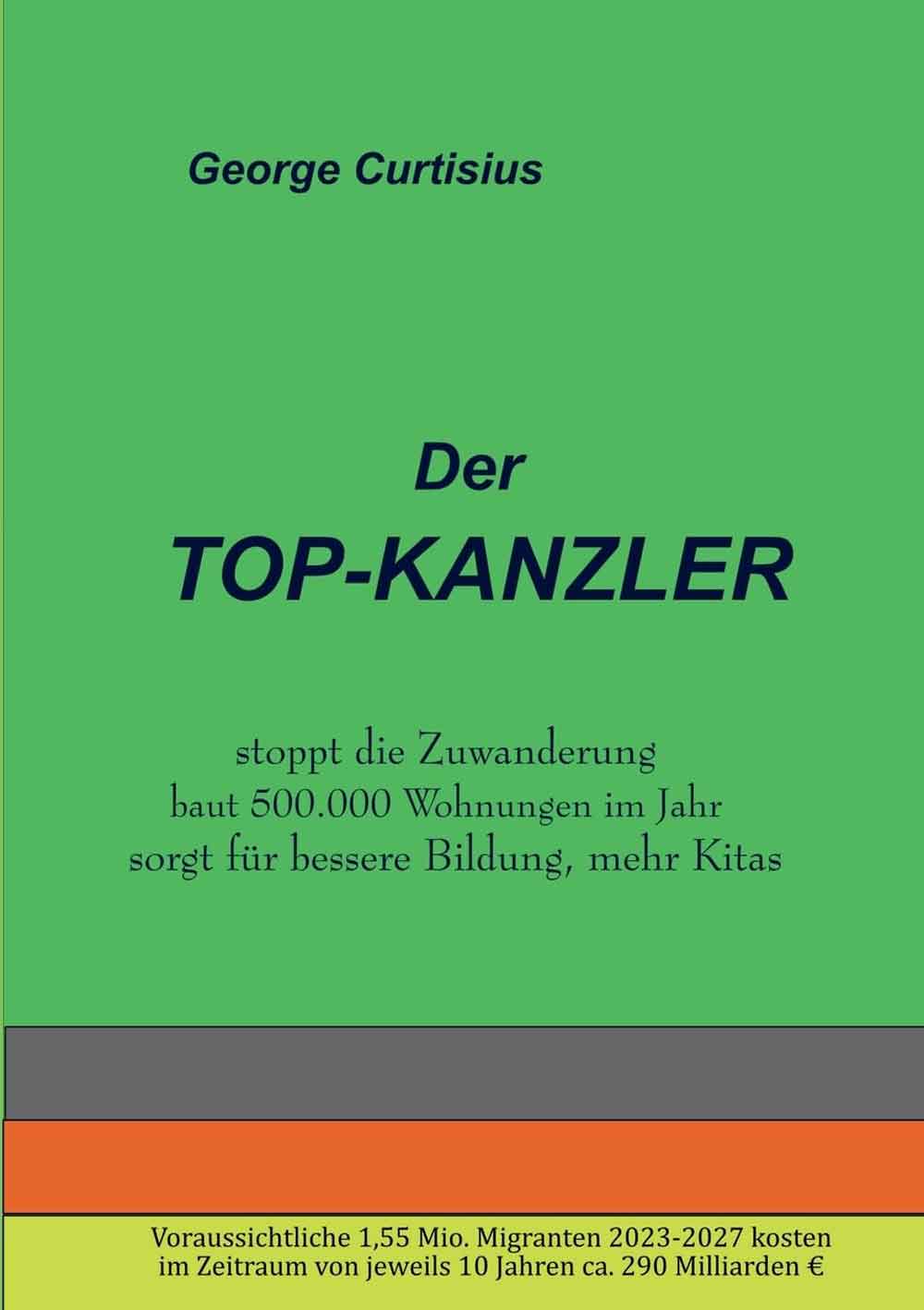



















 Gütsel RSS Feed
Gütsel RSS Feed






